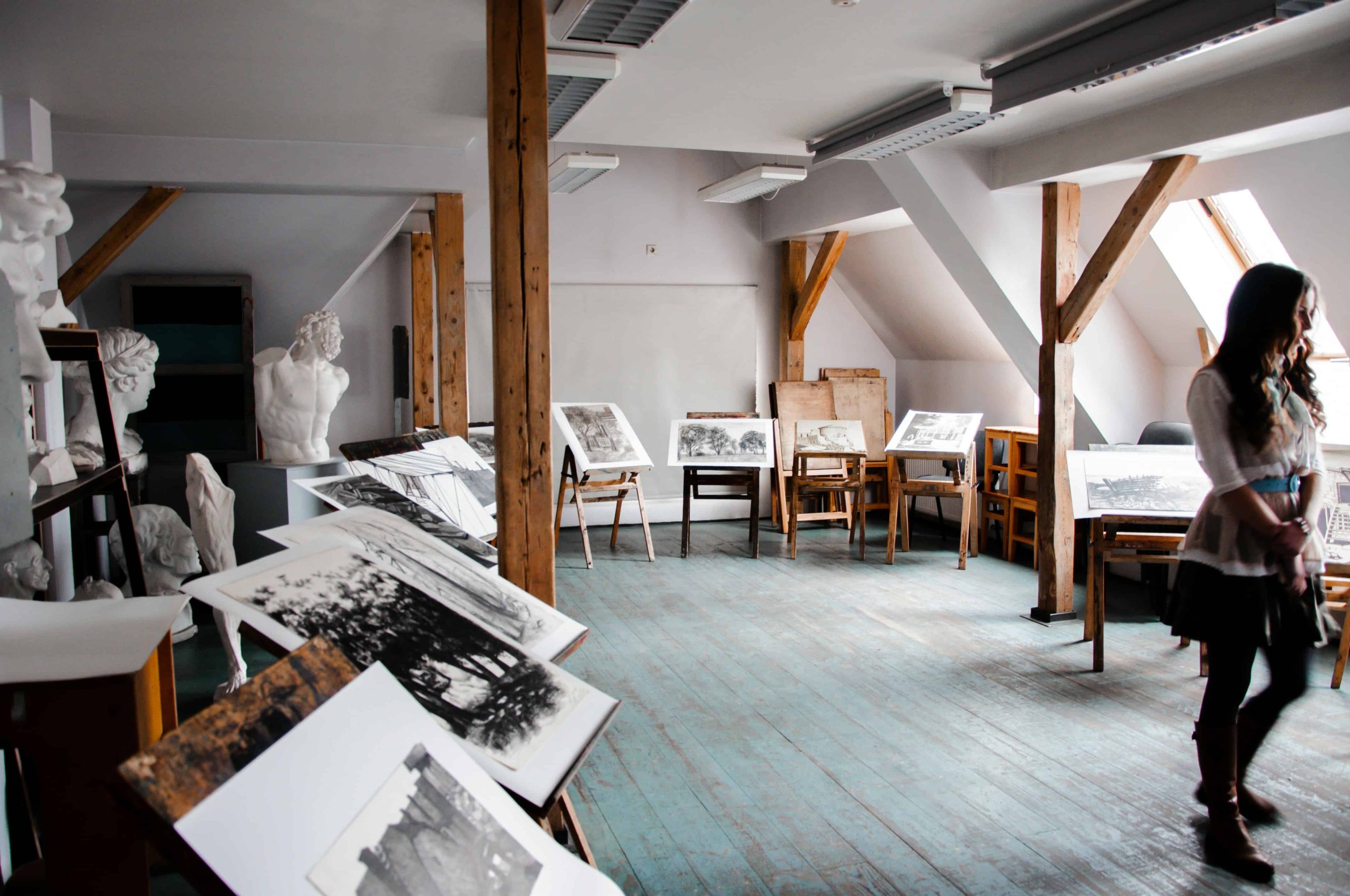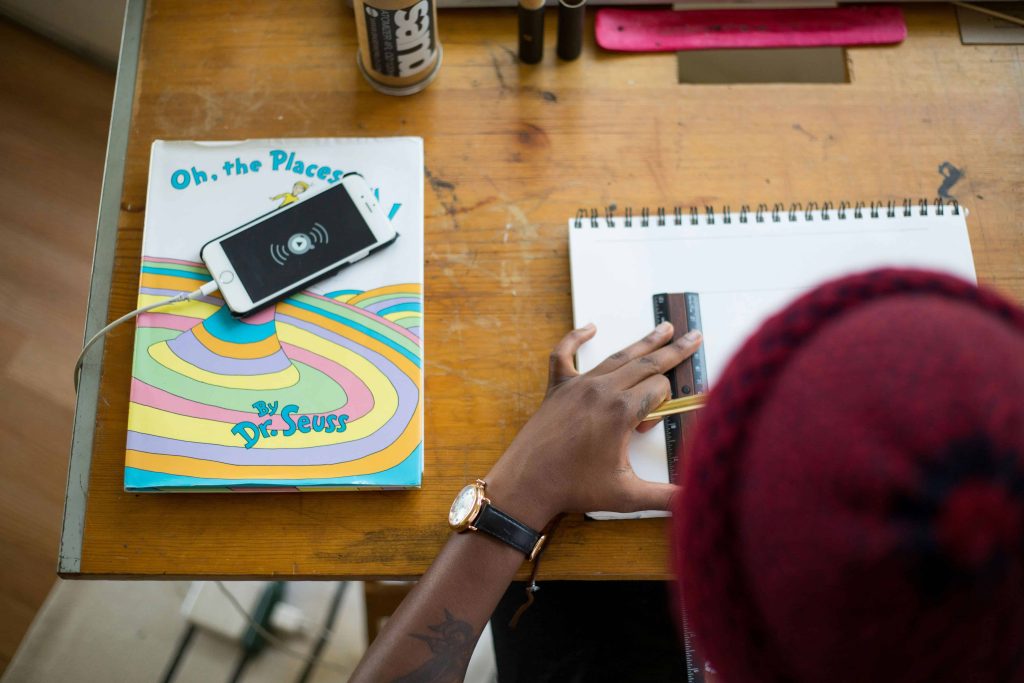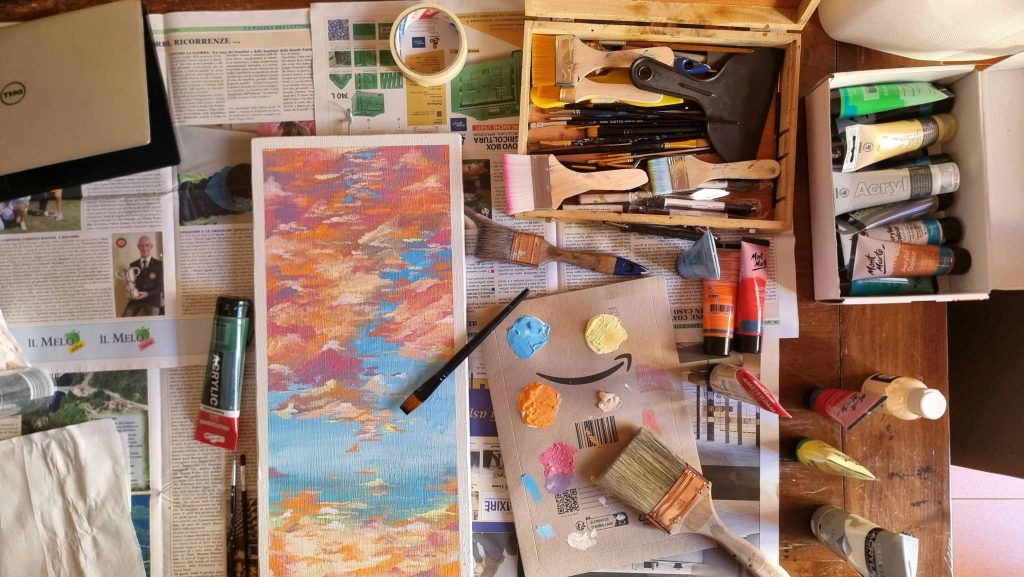
11 Oct Art Promotion in Educational Institutions
The Essential Role of Art in Educational Institutions
Art education plays a vital role in the holistic development of students, fostering creativity, critical thinking, and emotional expression. It offers numerous benefits, including improved academic performance, enhanced problem-solving skills, and better emotional well-being. Despite these advantages, art often struggles to gain the attention and resources it deserves in educational settings. This article explores the importance of promoting art within educational institutions and provides strategies to overcome the challenges involved.

Challenges in Promoting Art
Limited Resources and Funding
Many schools face budget constraints that prioritize core subjects over art programs. Limited funding leads to inadequate supplies, outdated equipment, and insufficient support for art teachers. This financial scarcity can stifle the potential for a robust art education.
Competition from Core Academic Subjects
With increasing emphasis on standardized testing and core academic subjects like math, science, and language arts, art education often takes a backseat. The focus on test scores can reduce the time and attention allocated to art, limiting students’ exposure and opportunities to engage in creative activities.
Lack of Awareness About the Value of Art Education
Many educators, parents, and policymakers are not fully aware of the significant benefits that art education offers. This lack of understanding can lead to undervaluing art programs, viewing them as non-essential or extracurricular rather than integral to a well-rounded education.

Strategies for Promoting Art
Integration with Curriculum
Showcasing Art Across Various Subjects Integrating art with subjects like history, science, and literature can make learning more engaging and holistic. For example, students can create visual timelines for historical events, illustrate scientific concepts, or explore themes in literature through artistic expression.
Using Art Projects to Enhance Learning in Other Subjects Art projects can reinforce concepts from other subjects. For instance, creating models or drawings can help students better understand geometric shapes in math or biological structures in science. This cross-disciplinary approach not only enriches learning but also demonstrates the interconnectedness of knowledge.
Creating Opportunities for Student Expression
Organizing Art Shows, Competitions, and Exhibitions Institutions can host regular art shows, competitions, and exhibitions to provide students with a platform to showcase their talents. These events can boost students’ confidence, encourage peer appreciation, and foster a supportive artistic community within the school.
Encouraging Student Participation in External Art Events and Contests Schools should encourage students to participate in local, regional, and national art competitions. This exposure can provide valuable feedback, recognition, and opportunities for students to network with other young artists and professionals.
Community Engagement
Inviting Local Artists for Workshops and Guest Lectures Collaborating with local artists can bring fresh perspectives and techniques into the classroom. Workshops and guest lectures by practicing artists can inspire students, provide hands-on learning experiences, and connect them with the broader art community.
Organizing Art Walks and Field Trips to Museums and Galleries Field trips to museums, galleries, and cultural sites can expose students to diverse artistic styles and historical contexts. These experiences can enrich their understanding and appreciation of art, sparking curiosity and creativity.
Collaborating with Community Arts Organizations Partnering with community arts organizations can provide additional resources, expertise, and opportunities for students. These collaborations can lead to joint projects, exhibitions, and programs that enhance the school’s art offerings.
Advocacy and Awareness
Highlighting Success Stories of Students Who Excelled in Art Sharing success stories of students who have achieved recognition in art can inspire others and demonstrate the potential of art education. Profiles of successful alumni can serve as powerful testimonials to the value of art programs.
Showcasing the Positive Impact of Art Education on Student Development Presenting evidence of how art education benefits students—such as improved academic performance, emotional well-being, and social skills—can help build support among parents, faculty, and policymakers. Data and case studies can be persuasive tools in advocacy efforts.
Organizing Talks and Presentations for Parents and Faculty Regular talks and presentations can raise awareness about the importance of art education. Engaging parents and faculty in discussions about the benefits and successes of art programs can build a stronger, more supportive community for art within the institution.

Conclusion
Promoting art within educational institutions is essential for nurturing well-rounded, creative, and emotionally intelligent students. By addressing challenges such as limited resources and competing academic priorities, schools can create a more inclusive and enriching environment for art education. The strategies outlined—curriculum integration, opportunities for student expression, community engagement, and advocacy—can help ensure that art remains a vital part of the educational landscape. Schools and educational institutions must prioritize art education, recognizing its profound impact on student development and overall educational excellence.
Key Takeaways
Importance of Art Education | Enhances creativity, critical thinking, and emotional expression. Improves overall academic performance, problem-solving skills, and emotional well-being. |
Challenges in Promoting Art | Limited Resources and Funding
Competition from Core Academic Subjects
Lack of Awareness
|
Strategies for Promoting Art | Integration with Curriculum
Creating Opportunities for Student Expression
Community Engagement
Advocacy and Awareness
|
Conclusion | Promoting art in schools is crucial for developing well-rounded, creative, and emotionally intelligent students. Addressing challenges and implementing strategic initiatives can ensure that art remains a vital part of education, benefiting students’ overall development and academic success. |
FAQs
Why is art education important in schools?
Art education fosters creativity, critical thinking, and emotional expression in students, contributing to improved academic performance, enhanced problem-solving skills, and better emotional well-being. It supports holistic development and helps cultivate a well-rounded, educated individual.
What are the main challenges to promoting art in educational institutions?
The primary challenges include limited resources and funding, competition from core academic subjects, and a lack of awareness about the value of art education among educators, parents, and policymakers. These factors can hinder the development and support of robust art programs.
How can schools effectively promote art education?
Schools can promote art by integrating it with other subjects, organizing art shows and competitions, engaging the community through workshops and field trips, and advocating for the benefits of art education. Highlighting student success stories and demonstrating the positive impact of art can also build support.
From navigating copyright issues to understanding insurance requirements, explore the multifaceted legal aspects that every art collector needs to know before showcasing their valuable collection.

